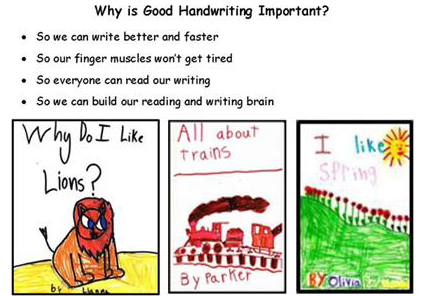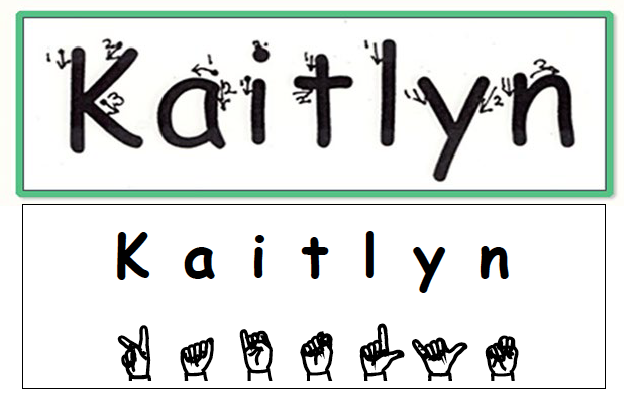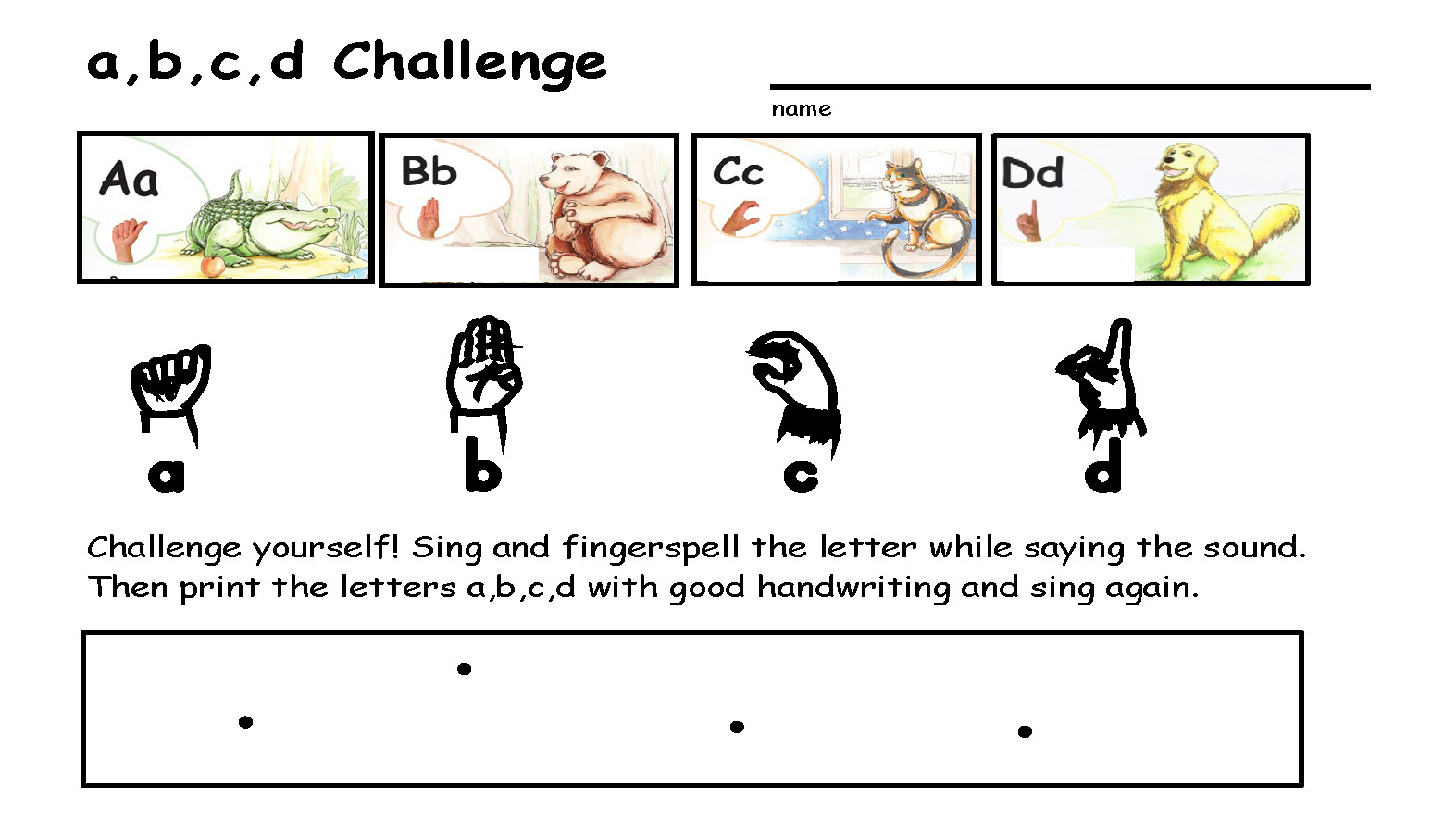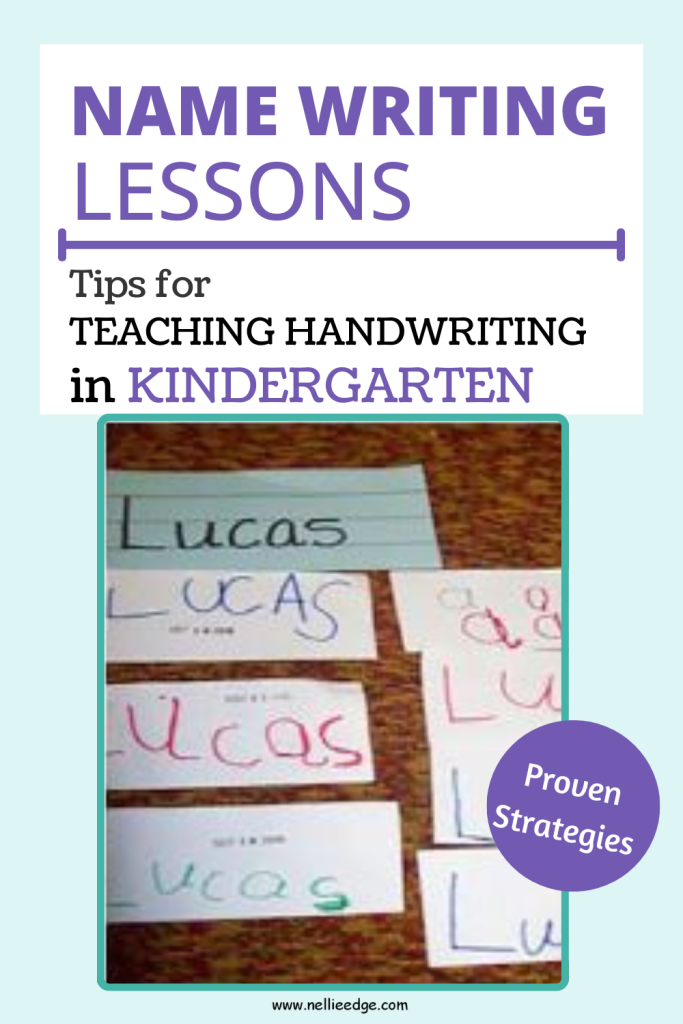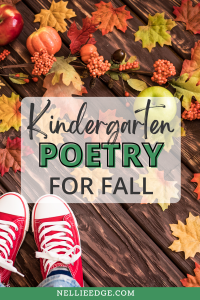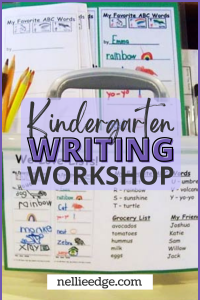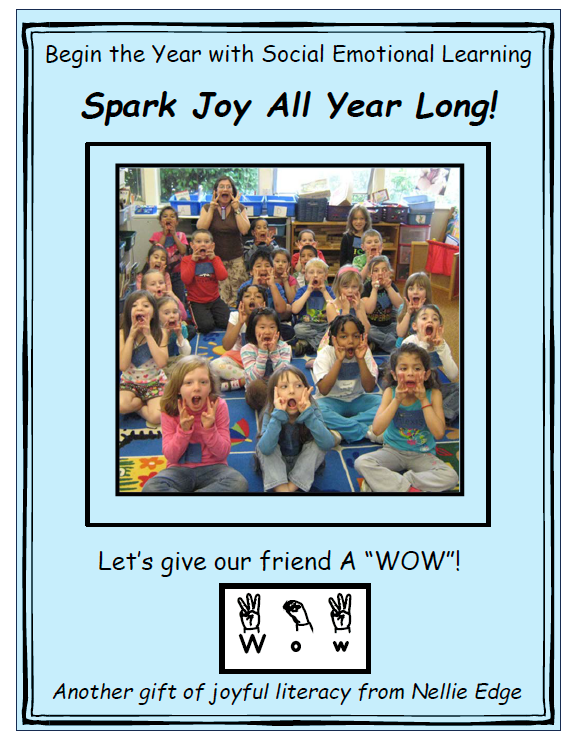Do you ever feel stressed about involving parents in the learning process? For example, do you struggle with the best ways to communicate exactly HOW parents can help? In other words, do you want to send home practice that matches the methods in the classroom but struggle with the best format? Thankfully, this won’t be a problem anymore! By sharing 7 kindergarten name writing tips with a FREE family practice book, parents will become partners on this journey. These tips and FREEBIE will showcase good handwriting practices for all the diverse classroom learners.




#1 Quality Handwriting
Show students what quality handwriting looks like and talk about why good handwriting is important. Children should be able to verbalize WHY they are practicing good handwriting!
#2 Fine Motor Development
Encourage fine motor development and teach efficient pencil grip. This matters! Typically, over half of a kindergarten has a significant delay in fine motor skills. So, it takes work to teach this skill. It is essential to have high expectations! Luckily, there are some helpful tips teachers can use. For example, they can teach fingerspelling and duck talk. Additionally, teachers can provide short triangular pencils or crayons and pencil grips. Be sure to share our Parents as Partners letters! (See blog: Weekly Focus: Ten Tips for Teaching Handwriting Grip.)
#3 Start with Their Name
Begin kindergarten name writing practice with each child’s name! This is the ONE word that each child will write most often. So, name writing needs to be intentional and create a sense of urgency. Expect every letter to be made efficiently according to a Name Ticket model and hold high expectations. Be sure to provide individual multisensory coaching and expect daily improvement.
Implementation Tip
The 7 kindergarten name writing tips with a FREE family practice book show why practice is essential. So, give each child a Name Ticket model: one for practice at home and one as a model at school. Parents value good handwriting and appreciate the consistent dedication to helping build this skill. (Name Writing with Family Practice FREE on Nellie Edge TPT Store)

#4 Fingerspell Everything
Fingerspelling develops writing strength in the handwriting muscles while building memory hooks for letters and sounds. Expect mastery of fingerspelling a-z the first month of school. Use the free ASL fingerspelling video tutorials on our ABC Page. Ask each child to fingerspell and name the letters of their names each morning before name writing practice. Honestly, this is essential to reminding their brains and hands of the correct pencil grip! Expect good name writing on all written projects. Students know if the teacher has high expectations or if “sloppy” is OK!
#5 Total Emotional Body Response to Language
Use Total Emotional Body Response to Language (TEBRL) to teach good handwriting principles and pathways of motion. This includes dance, movement, imagery, language, and art. Teach the concept of “continuous motion” and “lift the pen motion” using spiral and twinkling star art projects. Additionally, teach the 5-point star. Then watch children fancy up their pages with stars! Teach counterclockwise movement pathways with the “O Dance.” See free video clip, How Drawing Supports Handwriting Development, on the Kindergarten Handwriting page.

#6 Create Name Writing Experts
Honor children as “name writing experts” once they have learned efficient handwriting motions for their name. The experts can each decorate a crown and have their pictures taken for a class book or receive a badge or certificate. Kindergarten children love recognition for having worked hard and achieved an important learning goal!

#7 Writing Love
Teach students to write “love” and “I love you” using a gradual release of responsibility model. With practice, this becomes the first circle of kindergarten writing mastery.
Students will write their names their entire lives. So, using kindergarten name writing tips will help build a strong foundation from an early age. Thankfully, the 7 kindergarten name writing tips with a FREE family practice book will provide amazing lesson ideas and family involvement!
Want more kindergarten handwriting resources?
- See the Complete Handwriting Program Bundle on Nellie Edge TPT.
- Your Colleagues Evaluate Kindergarten Handwriting Program
- Study Nellie Edge Online Seminar #2: Kindergarten-Friendly Handwriting Matters
Where can I find the free family practice book?
Save this resource!
Make sure to save this blog to your favorite Kindergarten Pinterest board! You will be able to come back to it when you are ready to incorporate name writing lessons into your year.


